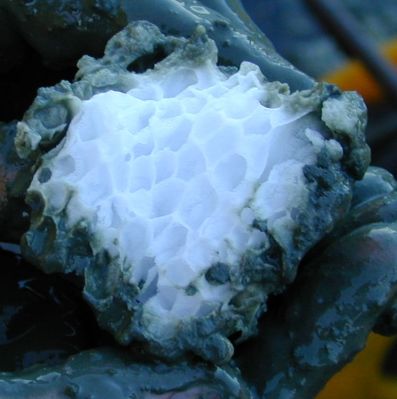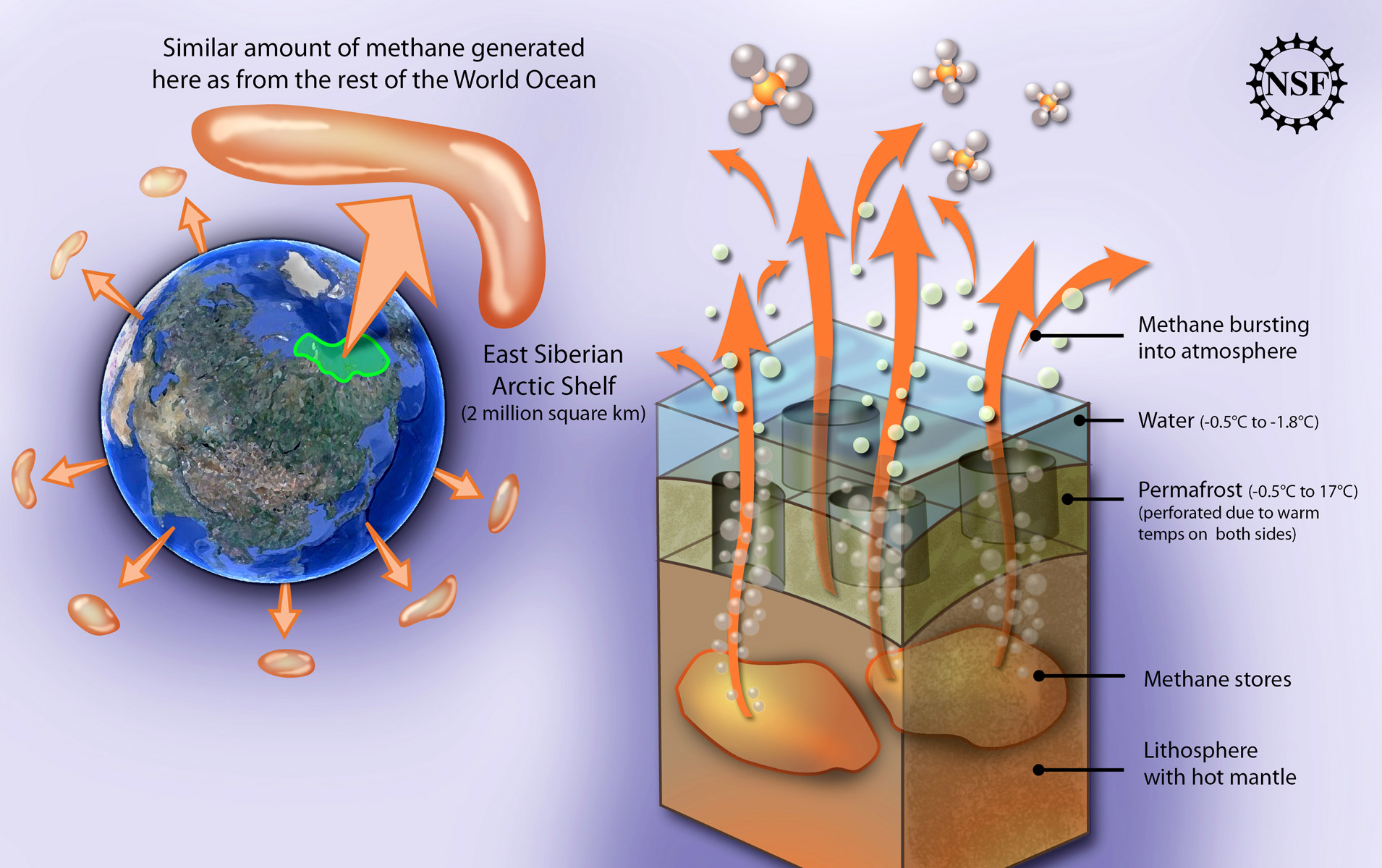

The Clathrate Gun Hypothesis: Unearthing Puzzles Of Warming Events Past
source link: https://hackaday.com/2023/08/21/the-clathrate-gun-hypothesis-unearthing-puzzles-of-warming-events-past/
Go to the source link to view the article. You can view the picture content, updated content and better typesetting reading experience. If the link is broken, please click the button below to view the snapshot at that time.
The Clathrate Gun Hypothesis: Unearthing Puzzles Of Warming Events Past

As the Earth continues to warm at a worrying rate, scientists continue to work to understand the processes and mechanisms at play. Amidst the myriad of climate-related theories and discussions, the clathrate gun hypothesis stands out not only for its intriguing name but for the profound implications it might have on our understanding of global warming events.
Delving into this hypothesis is akin to reading a detective novel written by Mother Earth, with clues hidden deep beneath the ocean and Arctic ice. It’s a great example of how scientists attempt to predict the future by unpicking the mysteries of the past.
Methane Storage of a Sort

A methane clathrate block found in sediment off Oregon, USA. Credit: Wusel007, CC BY-SA 3.0
To understand the hypothesis, one must first understand what “clathrate” is. Methane clathrate, as it is formally known, is a type of water ice that contains a great deal of methane trapped within its crystal structure. Residing deep beneath the ocean under the sediments of the seafloor and terrestrial permafrosts, these icy compounds are like nature’s time capsules, storing methane for potentially millions of years.
The core of the Clathrate Gun Hypothesis revolves around a relatively simple idea. As Earth’s temperature rises due to various factors, these ice-like clathrate deposits could become destabilized. This destabilization might lead to the sudden release of significant amounts of methane into the atmosphere. Given that methane is over 25 times more effective at trapping heat than carbon dioxide over a century, such a sudden injection could theoretically lead to rapid spikes in global temperatures.
Geologic records indicate that clathrate-derived methane releases might have played a role in past warming events. It’s suggested that releases of methane from clathrate storage could have helped end a cold period 650 million years ago, commonly referred to as Snowball Earth. Some scientists believe a large methane release from clathrates might have also been a factor in the Paleocene-Eocene Thermal Maximum (PETM). Occurring around 55.5 million years ago, the precise duration of the event is unclear, however it’s believed that global temperatures raised by a massive 5-8 °C after a huge carbon release into the atmosphere over approximately 20,000 to 50,000 years. The overall warm period lasted approximately 200,000 years in total.

There are fears that methane released by warmer global temperatures could lead to a runaway warming scenario. Shallow stores of methane trapped in permafrost are of primary concern, as methane clathrate trapped deep in the seabed is expected to take thousands of years to respond to changes in global temperatures.
Of course, it’s essential to differentiate between the potential and the probable. While there is a vast amount of methane trapped in clathrates, not all of it is vulnerable to release. The clathrates in the deepest parts of the oceans are likely safe due to the intense pressures keeping them stable. It’s the shallower deposits, especially in the Arctic, that are of concern.
Scientists have observed methane plumes rising from the seafloor in some Arctic regions. While alarming, it’s still unclear how much of this is directly due to human-induced climate change or if it’s part of a longer, natural cycle. It’s also important to note that the methane must reach the atmosphere to have a warming effect on the Earth. Current studies suggest that methane from clathrates isn’t getting there just yet.
Recent research involved looking at the isotopic signatures of oceanic methane. Results suggest that while ancient stores of methane are being released from the seafloor, they’re not reaching surface waters. Instead, it appears that the gas is instead dissolving in the water where it may be being broken down by oceanic microbes. These microbes release carbon dioxide, which is both less potent as a greenhouse gas and capable of being stored in other ways in the ocean.
For now, it appears that the clathrate gun is not the leading runaway warming scenario we need to worry about. Regardless, the main challenge lies in predicting future behavior. There’s no doubt that a massive release of clathrate-trapped methane would have dire climatic consequences. However, the timeline and magnitude of such a release remain topics of ongoing research.
The Bigger Picture
The Clathrate Gun Hypothesis provides a vivid illustration of the intricate, interconnected systems that govern our planet’s climate. While it is just one of many factors influencing global temperatures, its potential impact underscores the importance of continued research and monitoring.
Understanding and predicting the behavior of clathrates in a warming world will not only inform climate models but also help humanity prepare for and perhaps mitigate the consequences of rapid climate change events. As always, with scientific exploration, each answer uncovers more questions, and the Clathrate Gun Hypothesis is no exception. Uncovering puzzles like these helps scientists better understand the way our climate works, and how to best focus new research efforts going forward.
Recommend
About Joyk
Aggregate valuable and interesting links.
Joyk means Joy of geeK